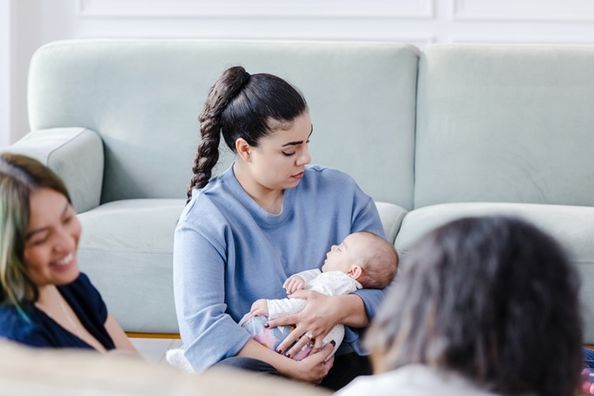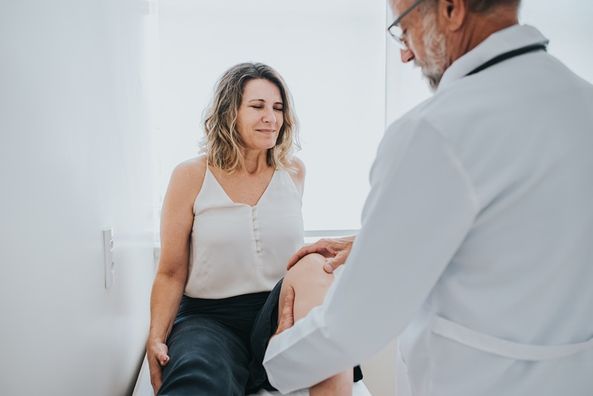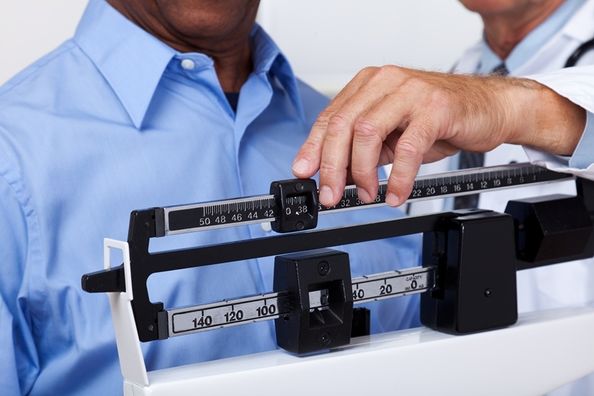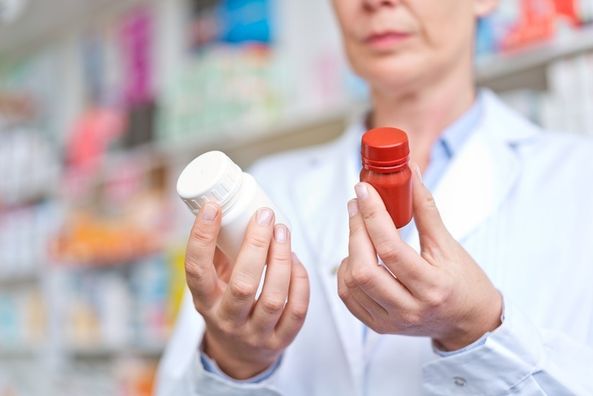Feeling down after giving birth?
It may be confusing to feel sad after your baby is born, especially after all of the excitement leading up to it. But it’s actually very normal. And while that sadness usually goes away within a few days, it can sometimes linger. If it does, you may have postpartum depression, or PPD.
PPD is well known, but it’s often not well understood. Here are answers to common questions about PPD.
How Common Is PPD?
If you have PPD, you’re in good company. PPD is the most common complication among women who have recently given birth.
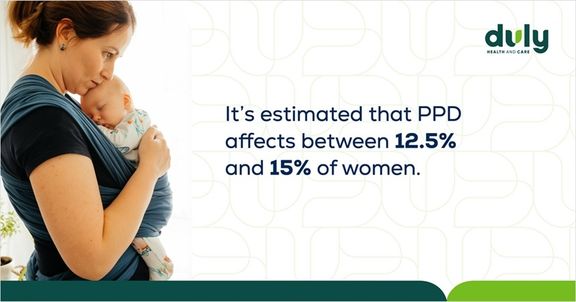
What Are the Signs of PPD?
There are many possible symptoms of PPD that can range from mild to severe.
Common tell-tale signs of PPD include:
- Changes in appetite or eating habits
- Crying excessively or crying for no reason
- Feeling anxious around your baby or having little interest in being with them
- Feeling on edge, sad, hopeless, guilty, or worthless
- Increased irritability or anger
- Not being interested in things you usually enjoy
- Severe mood swings
- Trouble sleeping or overwhelming tiredness
- Withdrawing from family and friends
- Worrying that you’re not a good mother
Also read: My Baby is Sleeping, But I Can’t: All About Postpartum Insomnia
What’s the Difference Between Baby Blues and PPD?
In the first few days after childbirth, many mothers have some of the symptoms of PPD, like feeling sad, crying for no reason, having self-doubt, or getting testy with their loved ones.
Often, these symptoms are the “baby blues” – something that up to 85% of new mothers experience. Even though the symptoms can be similar, PPD symptoms are often more severe. There are a few other clues that can help you tell baby blues and PPD apart:
- Baby blues start about two to three days after childbirth. PPD typically develops within 1 to 3 weeks (or even later) after giving birth.
- Baby blues go away on their own, but PPD needs to be treated.
- Baby blues last a few days to a couple of weeks. PPD can last for many weeks or months if left untreated.
You don’t have to navigate PPD alone. If your symptoms persist beyond a couple of weeks, reach out to a Behavioral & Mental Health professional or your OBGYN early; they can help you develop a safe, effective treatment plan tailored to your needs.
Find Mental Health Providers near you >
What’s the Difference Between PPD and Postpartum Anxiety (PPA)?
Certain signs of PPD and PPA overlap, but they are two separate conditions. PPD is mainly associated with sadness, while PPA is mostly associated with excessive worry. It’s possible to have both conditions at the same time.
Common signs of PPA include:
- Physical symptoms: heart palpitations, shortness of breath, or difficulty sitting still
- Emotional symptoms: racing thoughts (particularly about worst-case scenarios) or obsessing over irrational fears
- Behavioral symptoms: being overly cautious about non-dangerous situations, avoiding certain people or places, or constantly re-checking things
Also read: How do I Know if I Have an Anxiety Disorder?
How Is PPD Treated?
When you’re in the midst of PPD, it can feel like you’re stuck. But there is a light at the end of the tunnel. With treatment, almost all women recover.
There are several treatment options, including medication, talk therapy, and support groups. Your provider may prescribe an antidepressant or zuranolone, which is the first drug specifically approved for treating PPD by the U.S. Food and Drug Administration.
If you do go on zuranolone, there are a few things to be careful about. Researchers know that zuranolone passes into breast milk, but they don’t know how that might affect your baby. You also need to use birth control while on zuranolone and for a week after your last dose, since it can harm a fetus.
A Word from Our Doctor:
“Patients are often worried they cannot take any medication while pregnant or nursing and that is not the case. It is especially important to have a conversation with your OBGYN prior to suddenly stopping any antidepressant or anti anxiety medication. This can cause severe and sometimes life threatening symptoms at a time when new moms are already at risk for depression and anxiety. Remember your family cannot thrive if you do not care of yourself as well, and that always includes your mental health.”
- Cynthia Magsam, MD, CLC, Obstetrics & Gynecology physician with Duly Health and Care.
What Causes PPD? Can You Prevent It?
Yes and no. The cause of PPD isn’t always clear. It could be due to changes in hormones after childbirth, a history of depression, fatigue, emotional adjustment to having a baby, lack of a support system, a family history of PPD, or a combination of these factors. Without a clear cause, PPD can be a bit hard to prevent.
Fortunately, there are steps you can take to decrease your risk. Talk to your provider about your risk level and learn the signs ahead of time so you can recognize PPD and treat it right away.
Also read: Oh, Baby! Make Time for You — 6 Ideas for Self-Care During Pregnancy
Once your baby is born, you can lower your risk by:
- Limiting visitors at the beginning (without isolating yourself)
- Sleeping or resting while your baby sleeps
- Getting physical activity, even if it’s just a quick, easy walk outside
- Setting realistic expectations for yourself and your baby
- Accepting that there will be bad days
Keeping up with your relationships is also important, even if you’re not seeing people in person. Stay in touch with friends and family, and don’t be afraid to reach out to them if you need help. If you have a partner, make time for each other to help keep your relationship strong.
Did I Do Something Wrong?
Not at all. PPD is common and it’s not due to anything you did wrong before, during, or after pregnancy. You don’t need to feel embarrassed or guilty.
This includes cases where PPD causes you to be uninterested in being with your baby or makes it difficult to care for them. This is nothing to be ashamed of and it doesn’t mean you’re a “bad” mom.
Can Men Get PPD, Too?
Yes, and it may be more common than you think. About 10% of fathers experience depression before or right after their child is born, and as many as one in four dads have PPD symptoms.
A lot of the symptoms are the same in men and women, but men are more likely to have anger or aggression, feel cynical or frustrated, or work all the time. Just like women, men with PPD may be treated with medication, talk therapy, support groups, or a combination of several methods.
What About Adoptive Parents?
Depression after birth isn’t limited to biological parents. Adoptive parents may have post-adoption depression (PAD), which shares many symptoms and treatment options with PPD.
Adoptive mothers might not have the hormonal risk factors, but they do have emotional ones. Many adoptive parents put extra pressure on themselves, particularly if they adopt a child from a different background, which can cause excess stress. You may want to work with a counselor or adoption specialist to set realistic expectations and ease stress.
And that goes for everyone with symptoms of PPD. Working with a professional and getting treatment can help you get your mental health back on track after giving birth.
Taking care of your mental health means taking care of your family. Connect with a Behavioral and Mental Health provider who can support you through postpartum depression and help you feel like yourself again.

